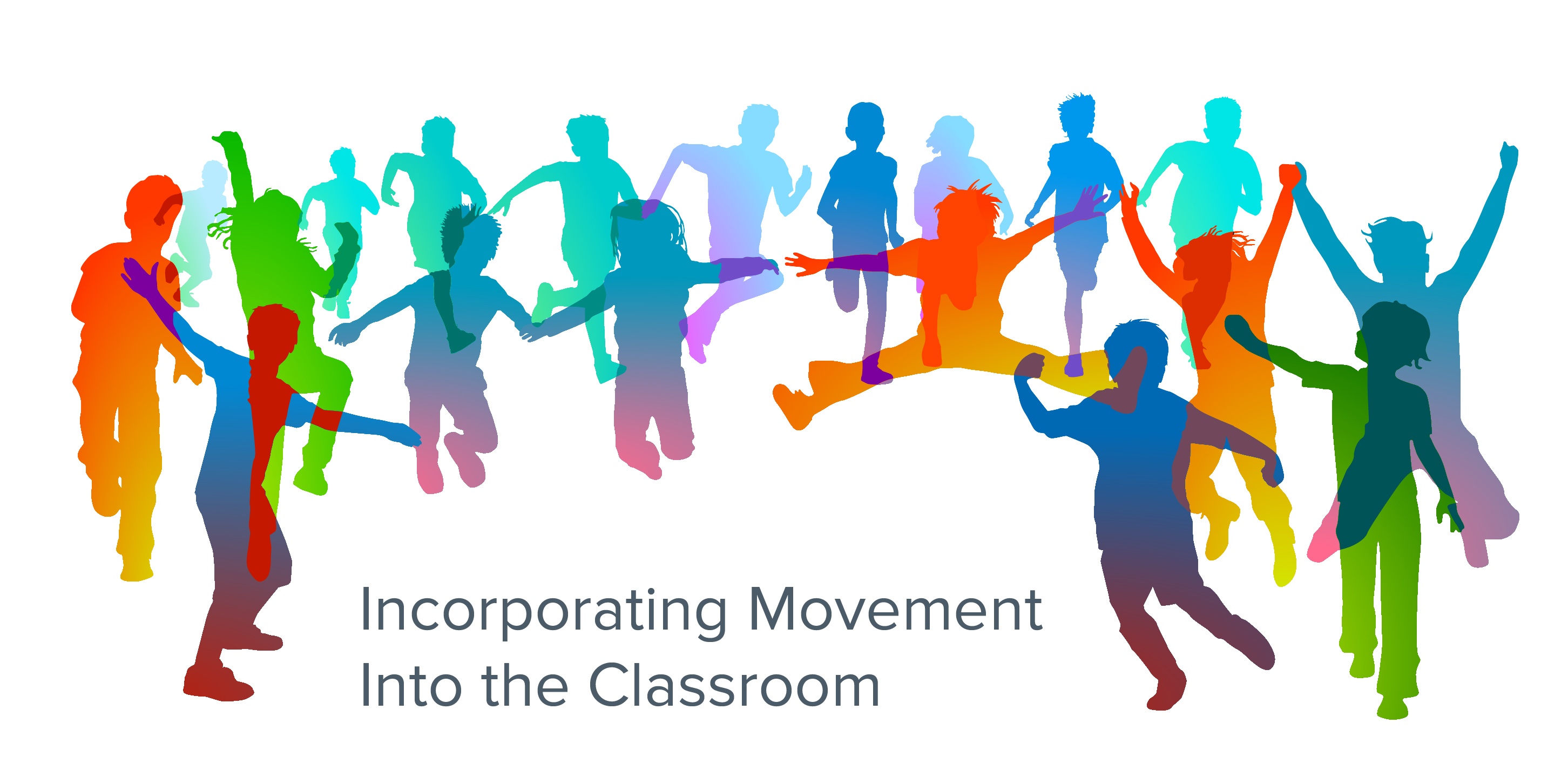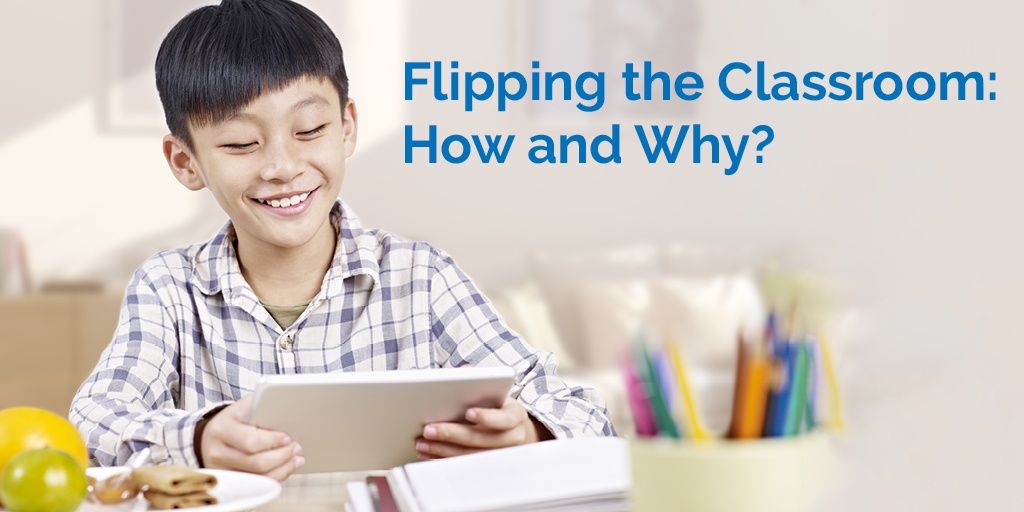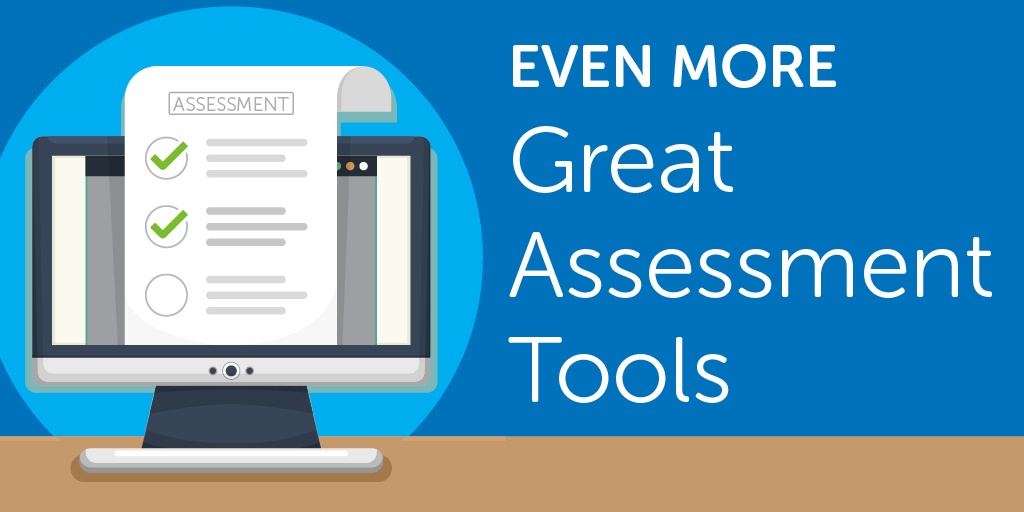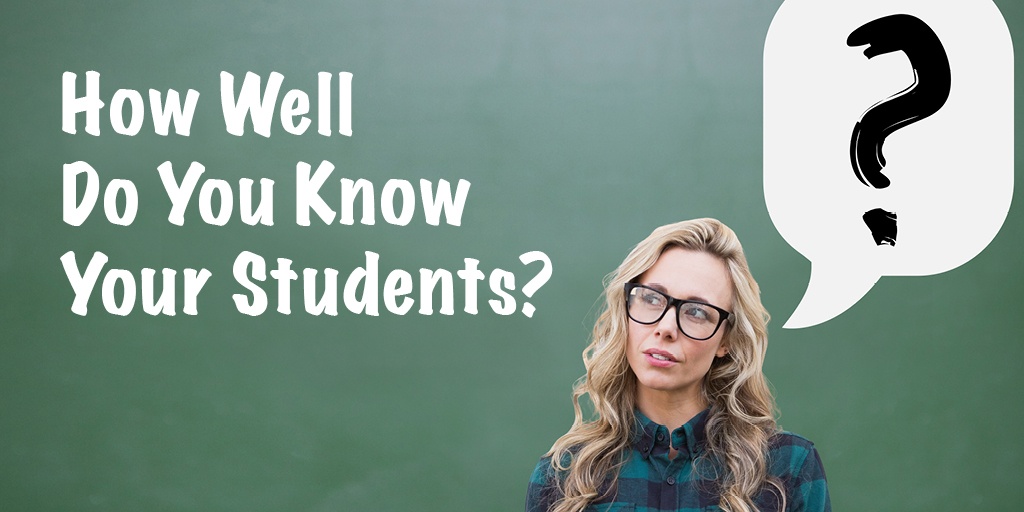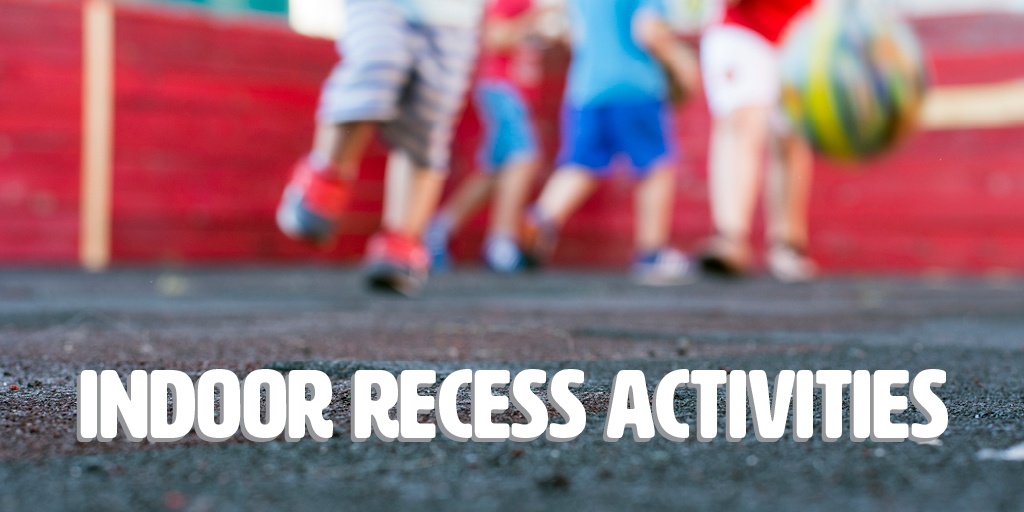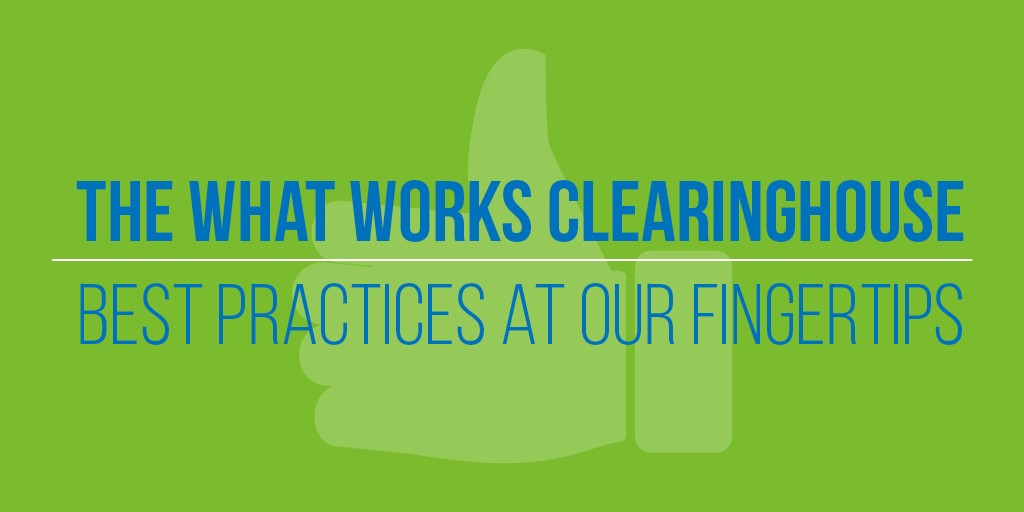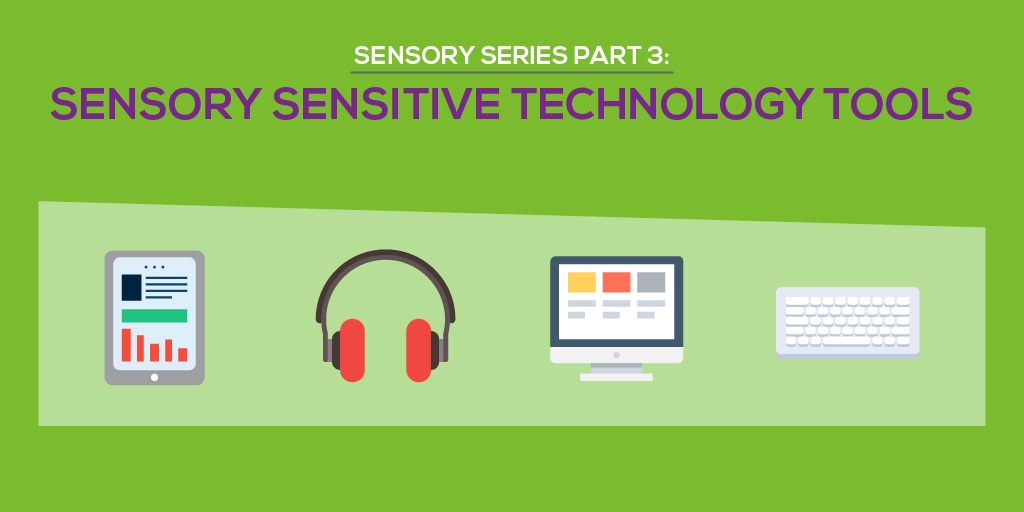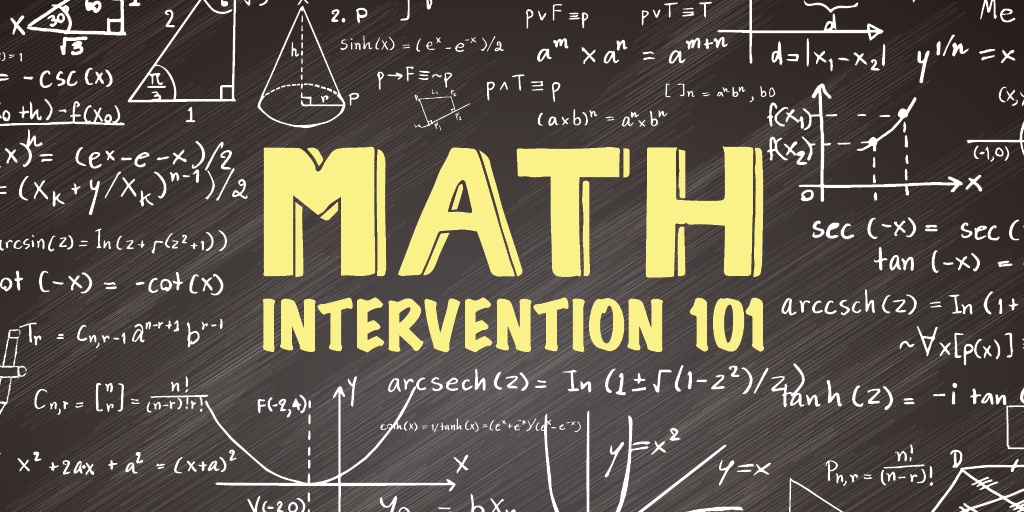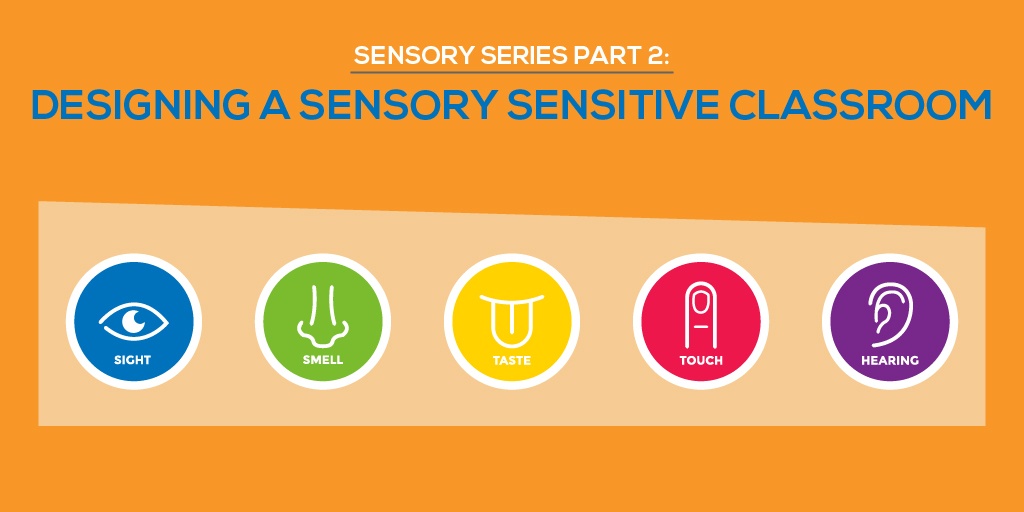Over the past few years, more research has been done on the effects of movement and exercise on the brain. In recent images of brain scans that have been taken during 20 minutes of sitting quietly and 20 minutes of walking, there is a much higher level of brain functionality following the walking. We know that blood flow helps brain waves and brain function, and body movement helps blood flow.
Kelly Bielefeld

Recent Posts
Topics: Student Engagement, tips for teachers
In today’s public education classroom, many students have a device that will connect to the Internet. At the secondary level, many students are taking that device home. Because students now have new options for learning outside of the classroom, teachers and administrators are interested in “flipping” the classroom. But what exactly does this term mean?
Topics: Education Technology, curriculum, education industry, tips for teachers
A little while ago, we shared our 10 best assessment apps with you. This article highlighted a number of great tools to use for formative and summative assessments in the classroom.
Topics: Classroom Technology, MimioVote assessment, classroom assessment
Classroom Connections: How Well Do You Know Your Students?
One of the most critical factors for student and classroom success—especially early in the year—is connecting with our students. As one of my favorite principals used to tell me, “They don’t care how much you know until they know how much you care.” I have found this to be very true.
Topics: education industry, Educational influencers, tips for teachers
The time of year when cold weather can make outdoor activities difficult—or even impossible—is fast approaching. There are times when getting outdoors for recess during the school day isn’t an option. As a result, teachers can sometimes need new and creative ideas for keeping students engaged and out of trouble while having indoor recess.
The What Works Clearinghouse: Best Practices at Our Fingertips
Good educators are constantly searching for best practices in the classroom. The term “best practice” can get thrown around a lot by different organizations, parents, teachers, and especially administrators. In the end, it can be hard to determine which “best practices” are the ones we really need to implement.
Topics: Education Technology, education industry, Educational influencers
Sensory Series Part 3: Sensory Sensitive Technology Tools
In the previous two Sensory Series posts, we covered meeting the sensory needs of students and designing a sensory sensitive classroom. The final piece of the sensory puzzle is how devices can assist students in the classroom. Can technology help students with sensory issues? And can it impede their learning if we aren’t attentive to their needs?
Topics: Classroom Technology, tips for teachers, Classroom Management, Sensory Needs
Response to Intervention (RTI) helps to support all students within a school. It is a systematic approach to meeting the needs of all children. Instead of individual teachers in individual classrooms working to help students, the entire school system works as a whole to help all of the students. Here is an overview of how to think about Response to Intervention.
Topics: Math, tips for teachers, STEM
Teachers who have taught for a few years know that every individual class takes on its own personality. Hopefully it is not a clash of personality, but a class of personality. Each of the individuals in the room add to create one overall classroom “personality.” Even one or two new students moving into or leaving a classroom can change the entire culture and dynamic of the room.
Topics: Administrator Resources, tips for teachers, Classroom Management
Sensory Series Part 2: Designing a Sensory Sensitive Classroom
In Part 1 of the Sensory Series, we discussed meeting the various sensory needs of students. The classroom environment plays a major role—and when it comes to setting up a classroom, there are already so many things to consider. Teachers have to find a spot for everyone to sit, think about the flow of the room, the space for technology, the location of the MimioBoard touch board, and where to put the Kleenex. Whew! And this doesn’t even really scratch the surface.
Topics: education industry, Classroom Management, Sensory Needs

